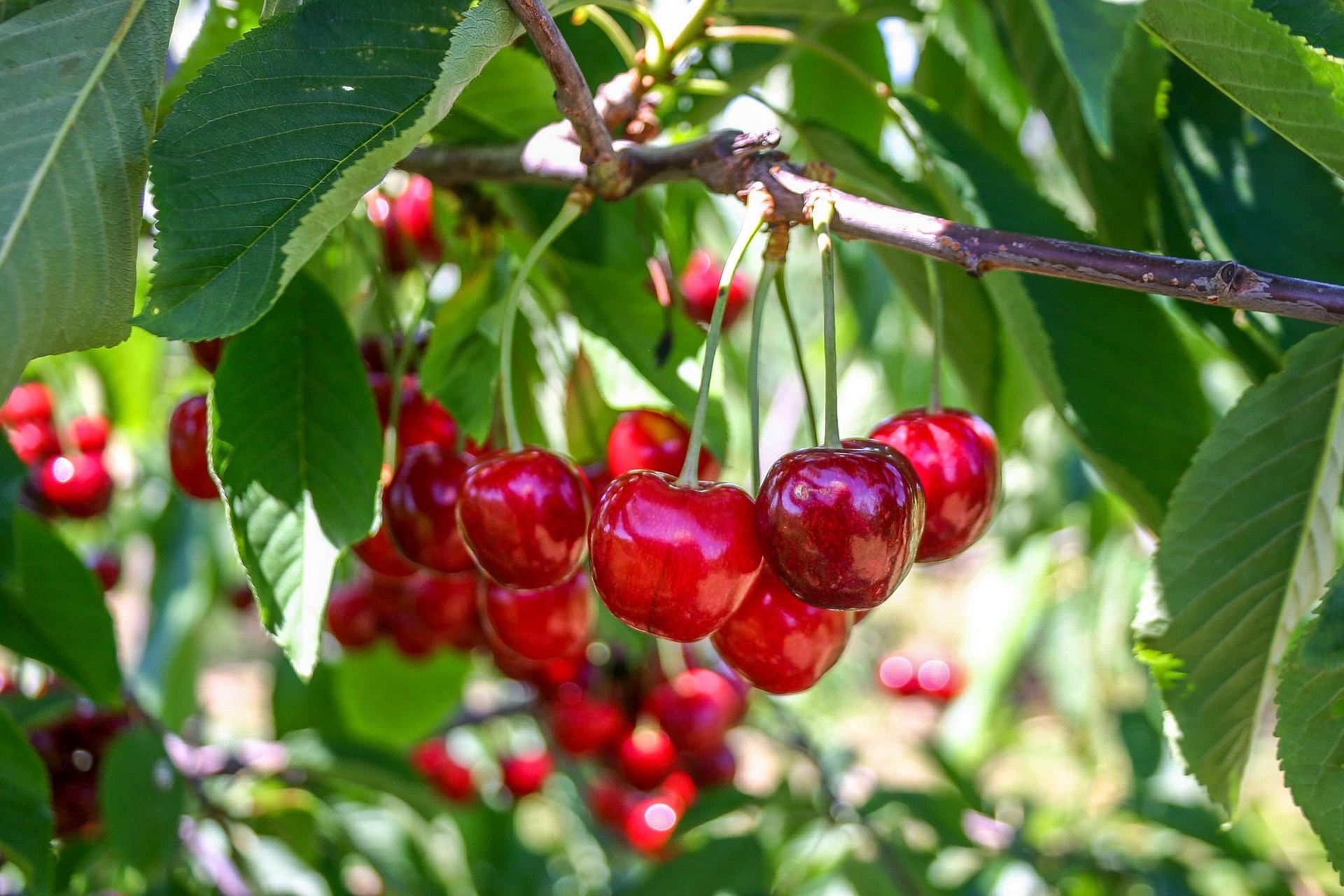A climate change decision management tool, decision aid system and new weather stations have been introduced to the Creston Valley to help farmers.
The climate change decision management tool has been launched by the Fields Forward Society and its partners. Meanwhile, the new weather stations and decision aid system were provided by the B.C. Government.
Officials with Fields Forward said the initiative started out as a project for scientific climate modelling for agriculture, but later split into two programs.
“One involves weather stations and software for tree fruit growers funded by the B.C. Ministry of Agriculture and Food using technology that is now in use in the Okanagan by the tree fruit industry and led by the Sterile Insect Release (SIR) program,” said Fields Forward officials.
“The other is Fields Forward-led support for all farmers, funded by the Columbia Basin Trust, and enhanced with support from the Regional District of Central Kootenay-Area B.”
Fields Forward said it is receiving $103,900 from the Columbia Basin Trust and $50,000 from the RDCK.
Up to 10 weather stations will be built in the Creston Valley as part of the two programs.
“This is a big win for the tree fruit growers and all farmers in the Creston Valley,” said Cathy Finley, Fields Forward Society co-chair and co-owner of Little Dog Farm in Lister. “Because the Trust recognized the importance of providing farmers with tools and technology to adapt to climate change, the B.C. Ministry of Agriculture and Food is building on this momentum and expanding the service.”
The portion from the RDCK will give local governments access to weather data using a specialized dashboard for disaster mitigation and climate adaptation.
Fields Forward officials said the climate adaptation tool and disaster mitigation infrastructure project will better collect real-time weather data in the Creston Valley. Officials note that this will help farmers and public agencies adapt to a changing climate and better respond to natural disasters.
“Since Creston has so many microclimates it will be helpful to predict what the weather will do in this valley, it will make it easier for us to make a harvest decision for hay or grain. It also will help with the application of herbicides; we will not have to guess anymore what the wind and humidity will do throughout the day,” said Freddy von Harling, Manager, Piper Farms Ltd.
Officials said the weather station will track air temperature, relative humidity, vapour pressure, barometric pressure, rainfall, wind speed and gust, wind direction, solar radiation, leaf wetness, and nearby lightning strikes.




